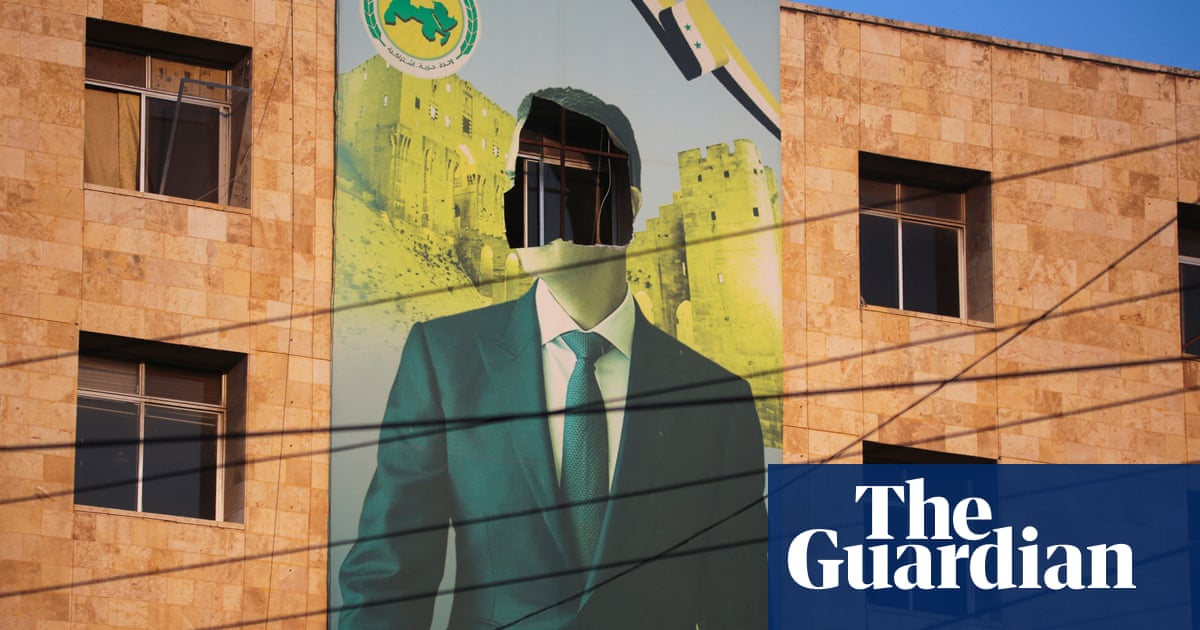Photo credit: www.theguardian.com
Resurgence of Conflict in Aleppo: A New Offensive by Syrian Rebels
The recent offensive launched by Syrian rebel groups has marked a significant shift in the long-standing conflict in Aleppo, a city that saw intense battles from 2012 to 2016 during the peak of the Syrian civil war. Unlike the expected speed of a military takeover, the rapid changes in Aleppo’s control reveal deeper complexities influenced by ongoing conflicts in Ukraine and the Middle East.
During the civil war’s height, rebel forces in Aleppo were ultimately overwhelmed by the Syrian government, aided significantly by Russian military support. However, the northwestern region of Idlib, which hosts a population of approximately 5 million, managed to stay outside the control of President Bashar al-Assad’s regime, bolstered by Turkey’s intervention that favorably positioned the jihadist group Hei’at Tahrir al-Sham (HTS) in 2020.
Since March 2020, a ceasefire had held, albeit precariously, until a recent offensive led to a swift retreat of government forces from Aleppo. By the following weekend, rebel control had seemingly been established, highlighting the tactical advantage gained by elements of surprise in military engagements.
The sudden vulnerability of Assad’s forces can be attributed to several factors. Chief among them is the shifting military commitment of Russia, which has redirected significant resources to its invasion of Ukraine, diminishing its operational capacity in Syria. The Institute of the Study of War has noted the withdrawal of key military assets, such as the S-300 missile systems, further compromising Russia’s ability to support Assad effectively.
Despite ongoing Russian airstrikes in Aleppo and surrounding regions, which have resulted in substantial civilian casualties, including a recent tragic bombing of a University hospital, the onslaught has not significantly impeded the rebels’ strategic advances.
Furthermore, the regional dynamics have shifted due to Israeli attacks on Iranian proxies, primarily targeting Hezbollah in Lebanon. Over a year of sustained military operations has notably weakened these groups, allowing HTS to capitalize on the moment. The timing of the rebel offensive coincided with a ceasefire announcement between Israel and Hezbollah, suggesting a calculated strategy by HTS amidst perceived vulnerabilities in Assad’s support network.
According to Burcu Ozcelik, a Middle East analyst at the Royal United Services Institute, the degradation of Iranian proxies directly influences the effectiveness of Assad’s ground forces. There are indications that Iran is becoming increasingly cautious about intervening directly or empowering its proxies, fearing repercussions from Israel’s military response.
Experts observing this conflict have long recognized HTS’s potential for launching future operations, viewing the current offensive as a tactical maneuver rather than an unexpected uprising. While the initial success of HTS may have come swiftly, the broader implications signal a resumption of a conflict that has remained unsettled for years.
The return to armed conflict in Aleppo vividly illustrates the ongoing volatility in the region, embodying a scenario where as one battle wanes, another ignites. With HTS presenting an imminent threat to the Assad regime, the prospect of a resolution appears increasingly distant.
Source
www.theguardian.com

